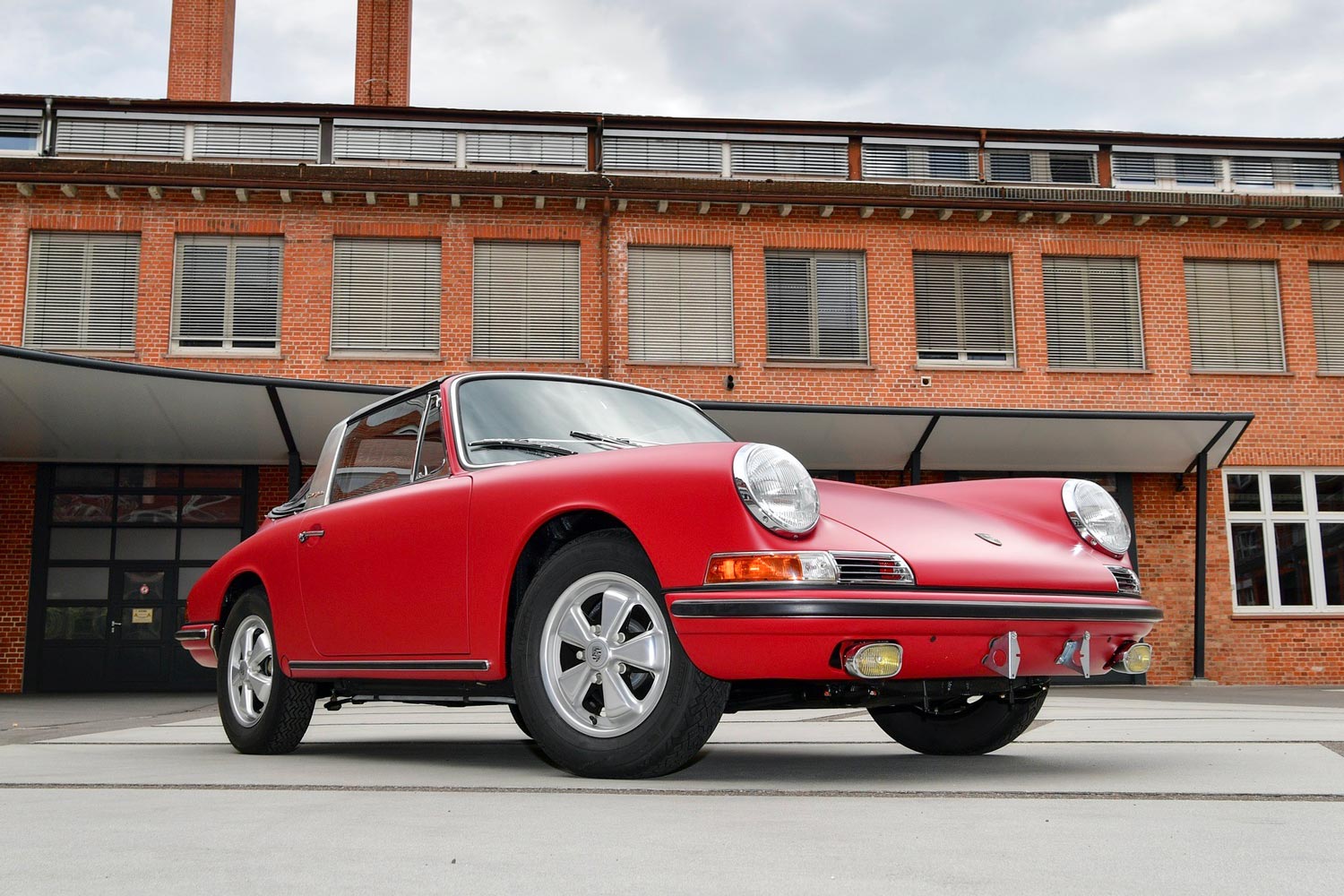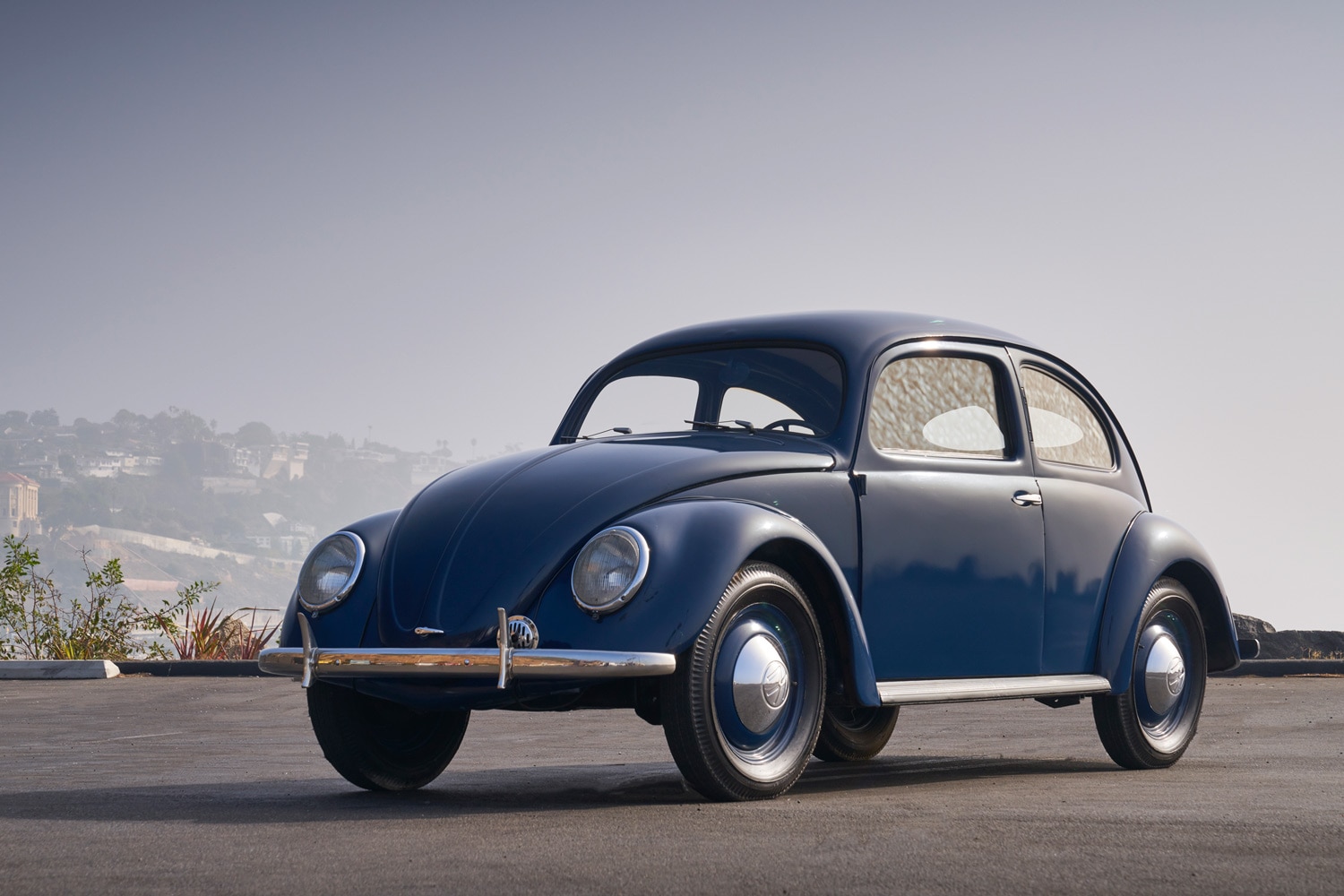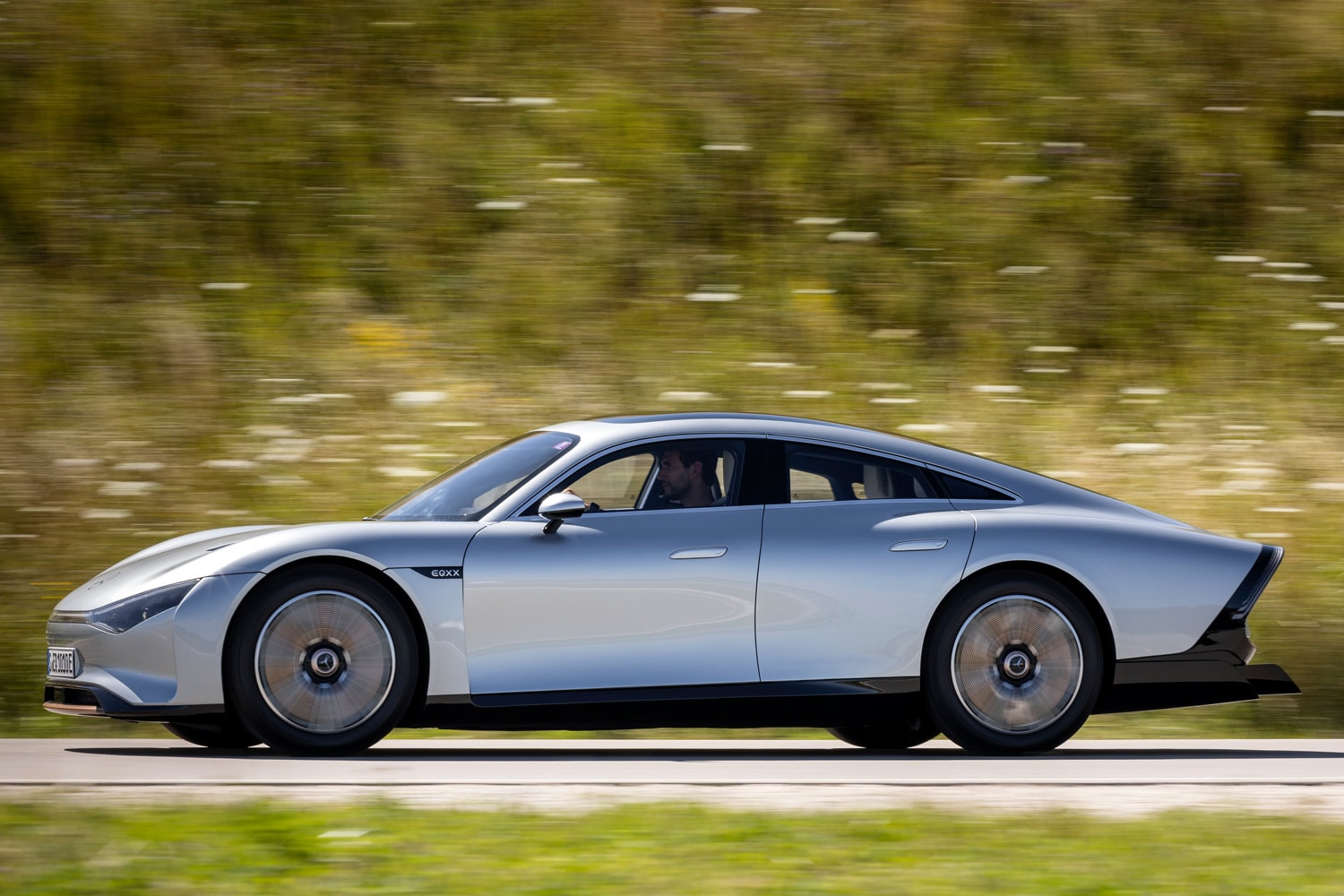Why Air-Cooled Engines Are No Longer Found in Most Cars
Electric cars could usher air cooling back into the automotive scene.
 Porsche
Porsche
Article QuickTakes:
Once reasonably common, the air-cooled engine has been relegated to the pantheon of automotive history. It's a technology that offered numerous advantages, including low running costs, but emissions regulations and the drive for more power tilted the playing field in favor of water cooling.
 Volkswagen
Volkswagen
What Is an Air-Cooled Engine?
For decades, car companies considered air cooling a viable alternative to water cooling. As its name implies, it's a relatively simple system because it relies on air rather than a blend of coolant and water to ensure that the engine doesn't overheat. There's no water pump, no coolant tank, no radiator, and no thermostat, which keeps maintenance costs relatively low and prevents leak-related breakdowns.
Low running costs and low maintenance were even more important in the 1950s and '60s than today because most cooling systems featured an overflow design. Drivers needed to check the coolant level on a regular basis, especially in hot weather, and fill it up if needed. Modern cooling systems are sealed, meaning they rarely need to be topped up unless there is a problem (such as a leak).
One of the most important components in an air-cooled circuit is the fan. Driven by a belt or by the crankshaft, depending on the engine, it directs the air that gets sucked into the engine bay via an intake to the components that need to be cooled, such as the cylinders and the cylinder heads. In many air-cooled cars, the air also flows through the engine oil cooler. It then exits the engine bay via outlets.
 Volkswagen
Volkswagen
With a handful of notable exceptions, including the Porsche 911 and Tatra's line of sedans, air cooling is best suited to small engines that don't generate a lot of power. The list of mass-produced air-cooled cars includes the Fiat 500 with a rear-mounted engine, the Citroën 2CV, and the original Volkswagen Beetle. Bigger, more powerful engines typically generate more heat and have cooling needs that air can't meet. This partially explains why most carmakers began moving away from air-cooled engines in the 1970s as cars got bigger, heavier, and more powerful. The first-generation VW Golf released in 1974 to replace the Beetle (and sold as the Rabbit in the United States) switched to a water-cooled four-cylinder engine, though the air-cooled Beetle remained in production until 2003. Citroën built its last air-cooled flat-twin in 1990, but the 911 didn't adopt water cooling until the 996-generation model arrived in 1997.
The industrywide shift to sealed cooling systems accelerated the air-cooled engine's demise. Parts such as the water pump and the radiator still need to be replaced — they're not designed to last for the life of the car — but carrying around coolant and regularly stopping to check the level is usually no longer necessary.
Emissions regulations drove another nail into the air-cooled engine's coffin. In a water-cooled engine, the thermostat regulates the flow of coolant to help the engine warm up quickly. It stays closed when the engine is cold, gradually opens as the engine warms up, and opens fully when the engine reaches its operating temperature. Many air-cooled engines feature a similar system — the Beetle notably uses a pair of air-regulator flaps — but it's generally less effective, and such cars tend to run cold for longer than a water-cooled engine, especially in colder temperatures. This increases the number of pollutants emitted into the air and places air-cooled cars on the wrong side of ever-stricter emissions regulations.
The odds of seeing a new car powered by an air-cooled engine are almost nonexistent due to increased cooling needs and tightening emissions regulations. Many motorcycles, however, continue to rely on air cooling — BMW presented a 1.8-liter air-cooled flat-twin in 2019 — and air cooling lives on in the electric car world.
 Mercedes-Benz
Mercedes-Benz
Electric Cars and Air Cooling
Although electric cars don't have cylinders and cylinder heads to keep cool, they still require a cooling system, and it's usually liquid based. Audi notes that the e-tron's powertrain includes several coolant and refrigerant circuits designed to prevent key components, such as the motor and the battery pack, from overheating. The vast majority of the EVs sold in the U.S. are equipped with a liquid cooling system, but there's an exception to this rule. The Nissan Leaf carries on with an air-cooled drivetrain. Globally, the list of air-cooled electric models also includes the Renault Zoe, sold primarily in Europe.
In an electric car, air cooling offers the same advantages as in a gasoline-powered model but without the emissions-related issues that made the technology obsolete. An air-based cooling system is simpler than a liquid-based setup because there are fewer moving parts in it, so the odds of a breakdown are lower. Relative simplicity also makes the cooling system lighter, which helps offset the significant weight of a lithium-ion battery pack and in turn contributes to increased driving range. Another big advantage to air cooling is that the system is relatively compact, so engineers have more space at their disposal.
Mercedes-Benz's current electric cars are liquid cooled, but the firm has started experimenting with air cooling. Its Vision EQXX, a long-range prototype built in 2022 to test and showcase technology for future EVs, uses a battery pack that's air cooled. In addition to the advantages outlined above, using air to keep the battery pack cool makes the car more efficient because powering a pump to keep coolant flowing, for example, would require electricity.
Engineers are evaluating the feasibility of bringing an air-cooled battery pack to production. While this project is relatively new, Mercedes-Benz has already suggested that air-cooling isn't a viable solution in high-performance applications. In spite of its sleek design, the EQXX was developed for efficiency, not racing.



